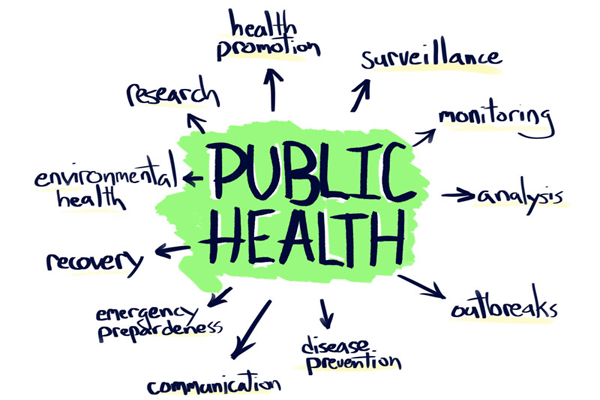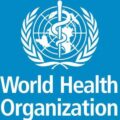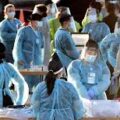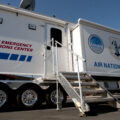Historical public health measures included quarantine of leprosy victims in the Middle Ages and efforts to improve sanitation following the 14th-century plague epidemics. Population increases in Europe brought with them increased awareness of infant deaths and a proliferation of hospitals.
Public health is the science of protecting and improving the health of people and their communities. This work is achieved by promoting healthy lifestyles, researching disease and injury prevention, and detecting, preventing, and responding to infectious diseases.
Various public health agencies have been established to help control and monitor disease within societies, on both national and international levels. For example, the United Kingdom’s Public Health Act of 1848 established a special public health ministry for England and Wales. In the United States, public health is studied and coordinated on a national level by the Centers for Disease Control and Prevention (CDC).
Internationally, the World Health Organization (WHO) plays an equivalent role. WHO is especially important in providing assistance for the implementation of organizational and administrative methods of handling problems associated with health and disease in less-developed countries worldwide. Within these countries, health problems, limitations of resources, education of health personnel, and other factors must be taken into account in designing health service systems.
What Is The Function Of Public Health?
Essential public health functions (EPHF) are the indispensable set of actions, under the primary responsibility of the state, that are fundamental for achieving the goal of public health which is to improve, promote, protect, and restore the health of the population through collective action. Through the EPHF performance assessment, countries led by their ministries of health are able to identify the strengths and weaknesses in the public health system and based on the results develop interventions designed to sustain good practices and bridge gaps.
There are several EPHF assessment frameworks that have been developed earlier. These include the Centers for Disease Control and Prevention, Atlanta, and the Pan American Health Organization essential public health functions; US essential public health services; WHO essential public health function categories; and EURO Essential Public Health Operations. Most have shared essential functions, with some differences.
The most appropriate framework and the assessment instruments have been reviewed and agreed upon among a group of experts
The scope of assessment of public health functions is country-wide and follows a multi-sectoral approach. It is done in close collaboration with the ministry of health, as its owner. WHO is also taking this opportunity to build in-house capacity so that knowledge developed can be applied in all countries of the Region and benefit other WHO regions.
Essential public health functions in countries
- Surveillance and monitoring of health determinants, risks, morbidity, and mortality.
- Preparedness and public health response to disease outbreaks, natural disasters, and other emergencies.
- Health protection, including management of environmental, food, toxicological and occupational safety.
- Health promotion and disease prevention through the population and personalized interventions, including action to address social determinants and health inequity.
- Assuring effective health governance, public health legislation, financing, and institutional structures (stewardship function).
- Assuring a sufficient and competent workforce for effective public health delivery.
- Communication and social mobilization for health.
- Advancing public health research to inform and influence policy and practice.





